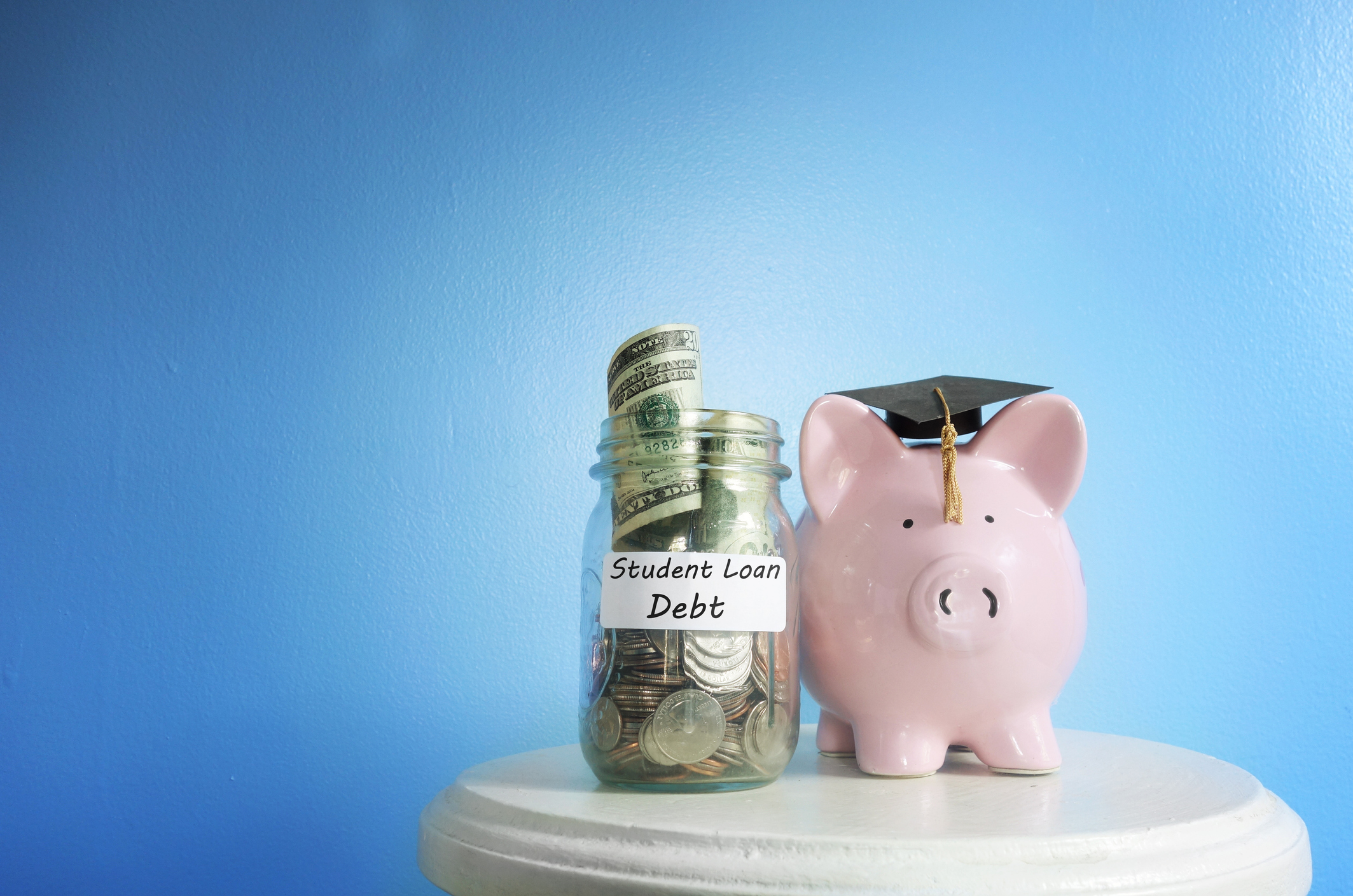Unsubsidized Student Loans
Subsidized Student Loans
Refinancing
About the Author
The Motley Fool has a disclosure policy.
Invest better with The Motley Fool. Get stock recommendations, portfolio guidance, and more from The Motley Fool's premium services.

Student loan interest rates determine how much you pay to borrow money for school. They vary based on several factors, including whether you're getting a loan for undergraduate or graduate studies, if you want a fixed or variable interest rate, and your credit score (or your co-signer's).
It's normally best to exhaust federal student loans first because they tend to have lower interest rates and better terms overall. In this guide, we'll cover the current federal and private student loan interest rates, important factors to consider when getting student loans, and how to reduce your interest rate.
Here are the interest rates for federal student loans disbursed on or after July 1, 2023, and before July 1, 2024.
For federal student loans disbursed before July 1, 2023, you can find the interest rate in your student loan contract.
Here are the interest rates for student loans from the most popular private lenders. These rates include automatic payment discounts when available.
As you've seen, student loans can have either fixed or variable interest rates. The difference is that a fixed-rate student loan will have the same rate for the life of the loan. A variable-rate student loan will have an interest rate that may fluctuate based on the index for the loan's rate.
For example, if you get a student loan with a fixed rate of 5.5%, that rate won't change. If you get a student loan with a variable rate of 5.5%, it could later increase to 6.5%, decrease to 4.5%, and so on.
Fixed-rate student loans are safer because they're predictable. You know how much you need to pay every month, and you don't need to worry about the interest rate rising and doing a number on your budget. A variable rate could be worth considering if you can get a lower rate this way and if you either plan to pay off the loan quickly or don't mind refinancing later.
A student loan's interest rate is the amount the lender charges to the borrower every year. It's charged as a percentage of the loan principal, which is the amount borrowed. For example, if you borrow $30,000 at a 5% interest rate, then the interest charges would be $1,500 per year.
Loan rates are normally expressed using the annual percentage rate (APR), which is a little different than the interest rate. The APR is the full annual cost of the student loan, including interest and all other fees, such as origination fees, when getting the loan.
The way that student loan rates are set is different for federal and private loans:
The date that interest starts and the loan's repayment requirements also depend on the type of loan:
The interest charges on student loans are one of the reasons they can be so difficult to pay back. On the bright side, if you're able to trim down your loan's interest rate, you can save quite a bit of money and pay off your loan more quickly. And with large loans like student loans, even shaving a small amount off the interest rate can help.
Here are the best ways to reduce your student loan interest rate:
If you're planning to apply for private student loans or refinance your student loans, your credit score is extremely important. It's one of the main factors that the lender will use to determine your loan's interest rate. Try to improve your credit score as much as possible before applying unless you plan to apply with a co-signer. If so, it's your co-signer's credit score that will matter most.
Student loans tend to have fairly low interest rates compared to other types of loans, except for mortgages. They're still not cheap, though, especially because of the large amounts that many students need to borrow. And student loan interest rates change from year to year. Fortunately, there are things you can do at any stage of the borrowing process to get the best deal.
For those who are getting student loans for the first time, starting with federal loans is recommended. If necessary, private loans can make up the gap of what federal loans don't cover.
If you've already taken out student loans, the best thing you can do is start making payments as soon as possible. Doing this while you're in school will leave you with less to pay back once you graduate, freeing up more money so you can start investing and building wealth. And if your student loan interest rates are higher than you'd like, see if refinancing them is a viable option.